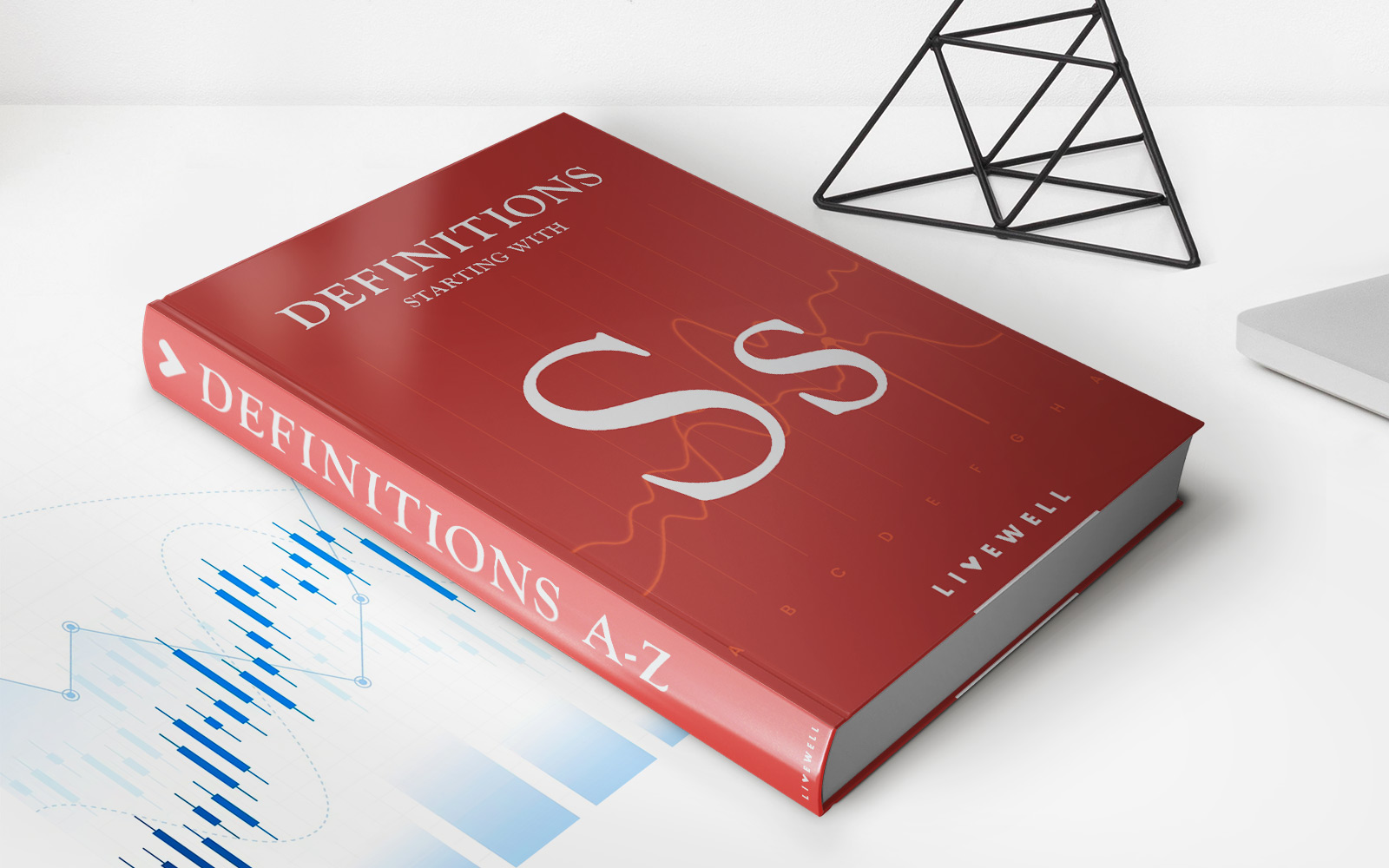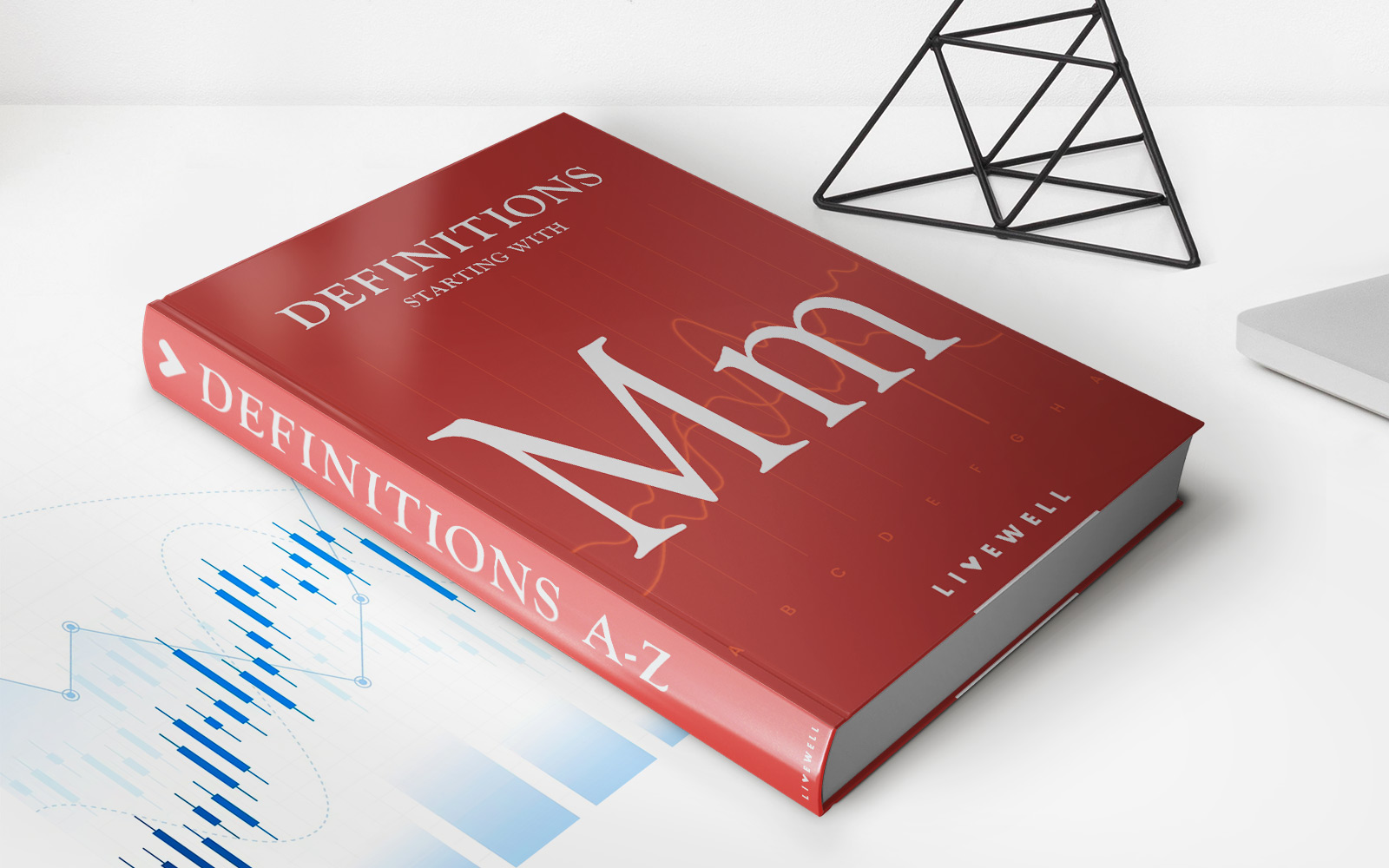Home>Finance>Forward Rate: Definition, Uses, And Calculations


Finance
Forward Rate: Definition, Uses, And Calculations
Published: November 27, 2023
Learn about the definition, uses, and calculations of forward rate in finance. Understand how it impacts financial markets and investment strategies.
(Many of the links in this article redirect to a specific reviewed product. Your purchase of these products through affiliate links helps to generate commission for LiveWell, at no extra cost. Learn more)
Understanding Forward Rates: Definition, Uses, and Calculations
Welcome to our FINANCE category, where we dive into various topics related to personal and business finance. In this blog post, we will be exploring the concept of forward rates – what they are, how they are used, and how they are calculated. If you’ve ever wondered about forward rates or want to learn more about this important financial concept, you’ve come to the right place!
Key Takeaways:
- Forward rates are the expected interest rates to be paid or received in the future.
- They are widely used in financial markets to estimate future interest rates and manage risk.
What are Forward Rates?
Forward rates, also known as forward interest rates, are the expected interest rates to be paid or received on a financial instrument in the future. These rates are used to estimate the cost of borrowing or the potential return on an investment over a specified period of time.
Financial institutions and investors use forward rates to make informed decisions about lending, borrowing, investing, and hedging. These rates enable them to anticipate future changes in interest rates and manage risk accordingly.
Uses of Forward Rates
Forward rates have several important uses in the financial industry:
- Pricing Derivatives: Forward rates are used to value and price various derivative contracts, such as forwards, futures, and swaps. These derivative instruments rely on forward rates to calculate their fair market values.
- Investment Strategies: Forward rates can help investors evaluate and compare different investment opportunities. By considering the expected future interest rates, investors can make well-informed decisions about the potential returns on bonds, stocks, or other financial instruments.
- Fixed-Income Securities: Forward rates are crucial in the valuation of fixed-income securities, such as bonds and Treasury bills. These rates help determine the present value of future cash flows and assist in bond pricing and yield calculations.
- Interest Rate Risk Management: Forward rates are used to manage interest rate risk by allowing organizations and investors to lock in future interest rates through various hedging strategies. This helps protect against adverse interest rate movements and potential financial losses.
Calculating Forward Rates
Forward rates are derived from the spot rates, which represent the current interest rates in the market. The formula to calculate a forward rate is as follows:
Forward Rate = (1 + Spot Rate A)^n / (1 + Spot Rate B)^m – 1
Where:
- Spot Rate A is the interest rate for the shorter-term period.
- Spot Rate B is the interest rate for the longer-term period.
- n is the length of the shorter-term period.
- m is the length of the longer-term period.
By plugging in the appropriate spot rates and time periods, you can calculate the implied forward rate for a specific period in the future.
The Importance of Forward Rates
Forward rates play a crucial role in financial markets and provide valuable insights for investors, lenders, and businesses. By understanding and utilizing forward rates, market participants can make informed decisions, manage risk, and maximize their potential returns.
Remember, forward rates are not guaranteed future rates but rather expectations based on current market conditions. It’s important to consider various factors and adjust for potential uncertainties when using forward rates.
We hope this blog post has provided you with a clear understanding of what forward rates are, how they are used, and how they are calculated. By incorporating forward rates into your financial analysis, you can enhance your decision-making process and navigate the complex world of finance with confidence.
Stay tuned for more informative posts on finance and other exciting topics in our FINANCE category!














